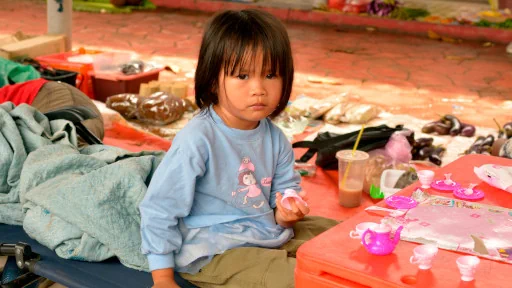Opinion Editorial Archive December, 2022: Indigenous Girl of the Year

Political elections were held in many parts of the world last month. One that caught my attention was the general election in Malaysia. I was there a few weeks ago during the late-stage campaigning. Most people I spoke with appeared little-interested in the election. Or, more likely, they did not want to converse with me on the topic. Malaysia has been politically divided since its independence in 1957; it has had three prime ministers in the past four years. It is also considered politically corrupt — especially following the recent 1MDB scandal. Yet, it remains a geopolitically important country largely due to its strategic location.
Malaysia has dozens of ethnicities, and its political division is largely along ethnic lines. In fact, no political party there has ever won a majority of seats in its parliament. Although the size of the electorate was greatly increased in the 2022 election (the voting age was lowered from 21 to 18), the result was a hung parliament once again. Eventually, the king intervened and Anwar Ibrahim became the new prime minister just a week ago. The government, though, is a coalition. That adds to Anwar's daunting task of addressing inflation, economic decline and ethnic tension just to name a few. In short, he has a mountain to climb.
My "Indigenous Girl of the Year" for 2022 is from Malaysia. She is an indigenous Bajau girl whom I photographed just a few weeks ago at the Pasar Tani Kekal Tamu in Kota Belud, Sabah on Malaysian Borneo. Tamu means meeting place in Malay. Colloquially, it means market. I first visited the market 21 years ago. While the whole world has changed in that time, the pace of change in these places has typically been slower. It remains a place where (mostly Bajau) people from the region exchange goods, gossip and news every Sunday morning.
Otherwise, the market was almost unrecognizable from my previous experience there. The whole place now has a modern feel about it, and that is reflected in both the people and the goods for sale. Like this girl, almost everyone was dressed in modern clothing. Aside from the food, almost everything on sale was modern — including the addition of mobile phones and related accessories.
When I first saw her from a distance, she was engrossed in her toy tea set. I approached her slowly because one thing that hadn't changed in 21 years was the shyness of children — even though they are quite used to seeing tourists and their cameras. On the contrary, she was not shy; she regarded me with curiosity and I was able to get very close for a semi-formal portrait session.
As you approach or leave Kota Belud, you see the highest mountain in Malaysia, Mount Kinabalu. As I left the market and the town that day, I couldn't help thinking that this girl also has a mountain to climb as she grows up and navigates the changing world of her people and their situation.
Indigenous Malaysian Market (short film on YouTube).
If you enjoyed reading this month's opinion editorial, please consider supporting independent, advertising-free journalism by buying us a coffee to help us cover the cost of hosting our web site. Please click on the link or scan the QR code. Thanks!

